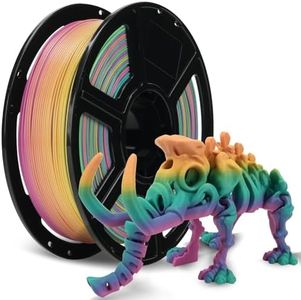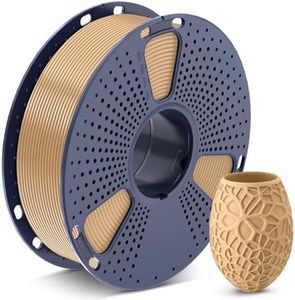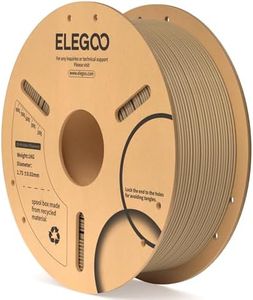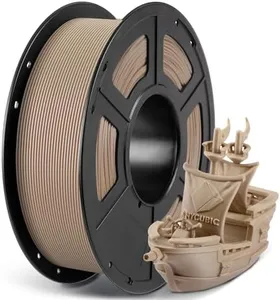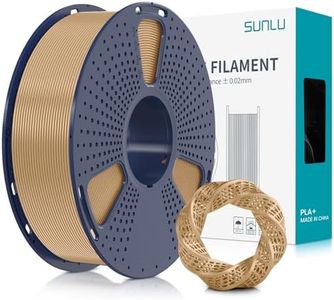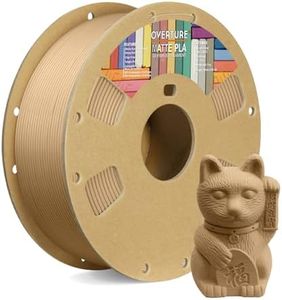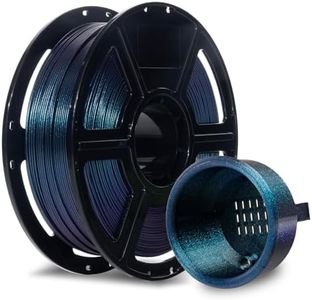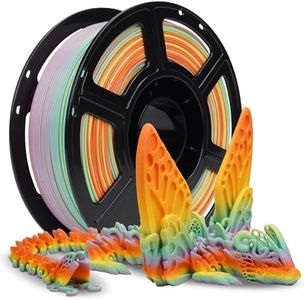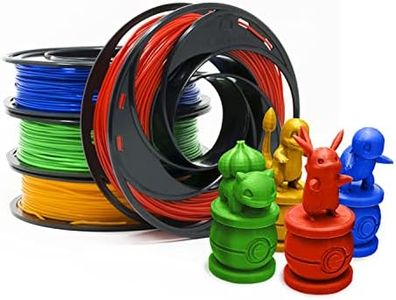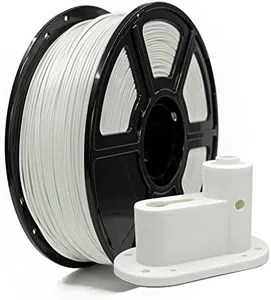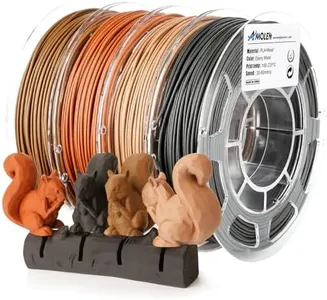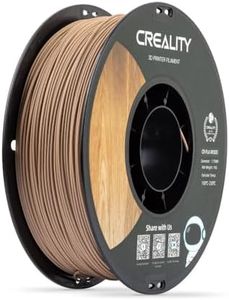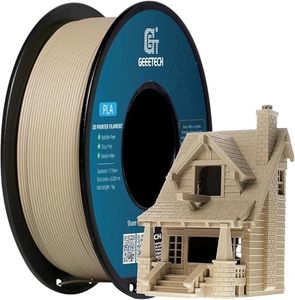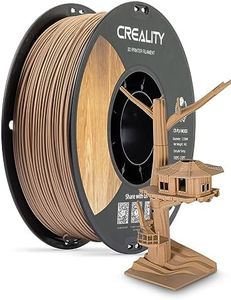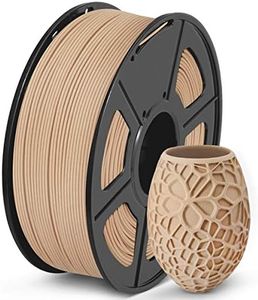We Use CookiesWe use cookies to enhance the security, performance,
functionality and for analytical and promotional activities. By continuing to browse this site you
are agreeing to our privacy policy
10 Best Wood Pla Filament 2025 in the United States
How do we rank products for you?
Our technology thoroughly searches through the online shopping world, reviewing hundreds of sites. We then process and analyze this information, updating in real-time to bring you the latest top-rated products. This way, you always get the best and most current options available.

Buying Guide for the Best Wood Pla Filament
When choosing a wood-PLA filament for your 3D printing projects, it's important to understand the key specifications that will affect the quality and appearance of your prints. Wood-PLA filaments are a composite material made from a mixture of PLA (polylactic acid) and wood fibers, which gives your prints a wood-like finish. To ensure you select the best filament for your needs, consider the following key specifications and how they align with your project requirements.Wood ContentWood content refers to the percentage of wood fibers mixed with PLA in the filament. This spec is important because it affects the appearance and texture of the final print. Filaments with higher wood content will have a more pronounced wood-like look and feel, but they may also be more brittle and harder to print with. Lower wood content filaments are easier to print and more durable but may not have as strong a wood appearance. If you want a highly realistic wood finish, go for higher wood content. For easier printing and more durability, choose lower wood content.
DiameterThe diameter of the filament is a critical spec because it needs to match the requirements of your 3D printer. Common diameters are 1.75mm and 2.85mm. Using the wrong diameter can cause printing issues and damage your printer. Check your printer's specifications to determine the correct diameter. If you are unsure, 1.75mm is the most commonly used diameter and is compatible with most printers.
Print TemperaturePrint temperature is the range of temperatures at which the filament can be extruded effectively. This spec is important because printing at the wrong temperature can lead to poor print quality, clogging, or even damage to your printer. Wood-PLA filaments typically require a print temperature between 190°C and 220°C. If you are new to 3D printing, start with a filament that has a wider temperature range to give you more flexibility. More experienced users can fine-tune the temperature for optimal results.
Bed TemperatureBed temperature refers to the temperature of the print bed during printing. This spec is important for ensuring good adhesion of the first layer and preventing warping. Wood-PLA filaments usually require a bed temperature between 50°C and 70°C. If your printer has a heated bed, make sure it can reach the required temperature. For beginners, a filament with a lower bed temperature requirement can be easier to work with.
Color and FinishColor and finish refer to the appearance of the filament and the final print. Wood-PLA filaments come in various shades of wood, such as light, medium, and dark wood tones. The finish can also vary from matte to glossy. This spec is important for achieving the desired aesthetic for your project. Choose a color and finish that matches the look you want for your prints. If you are unsure, start with a natural wood tone and a matte finish for a classic wood appearance.
Print SpeedPrint speed is the rate at which the filament is extruded during printing. This spec is important because it affects the quality and detail of the print. Wood-PLA filaments typically require slower print speeds compared to regular PLA to prevent clogging and ensure a smooth finish. Recommended print speeds are usually between 30mm/s and 60mm/s. If you are new to 3D printing, start with a slower speed to ensure better print quality. More experienced users can experiment with faster speeds for quicker prints.
Most Popular Categories Right Now
